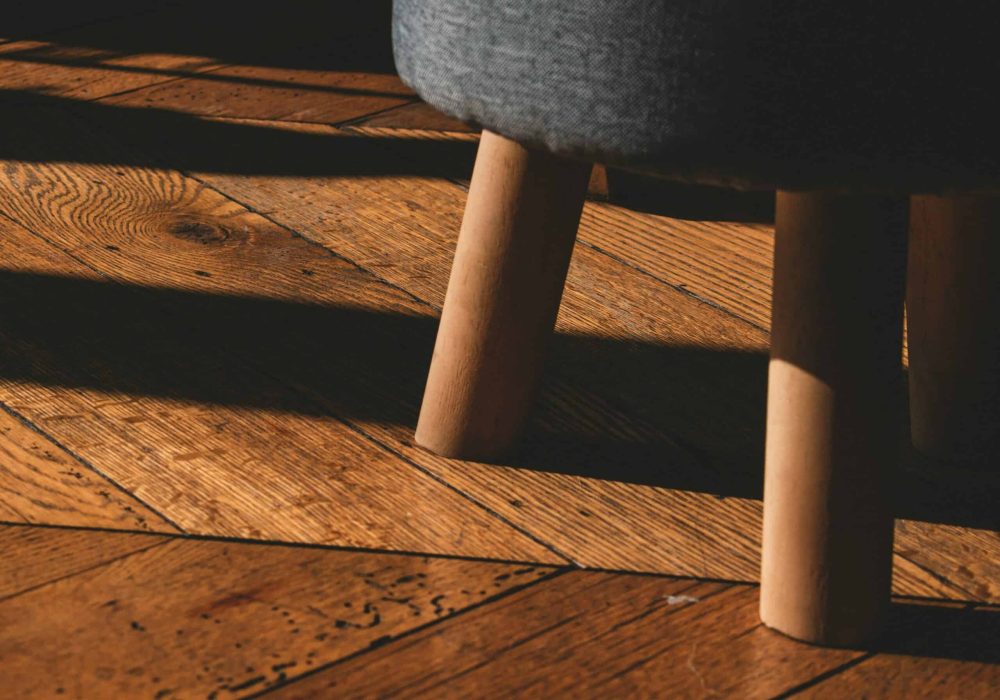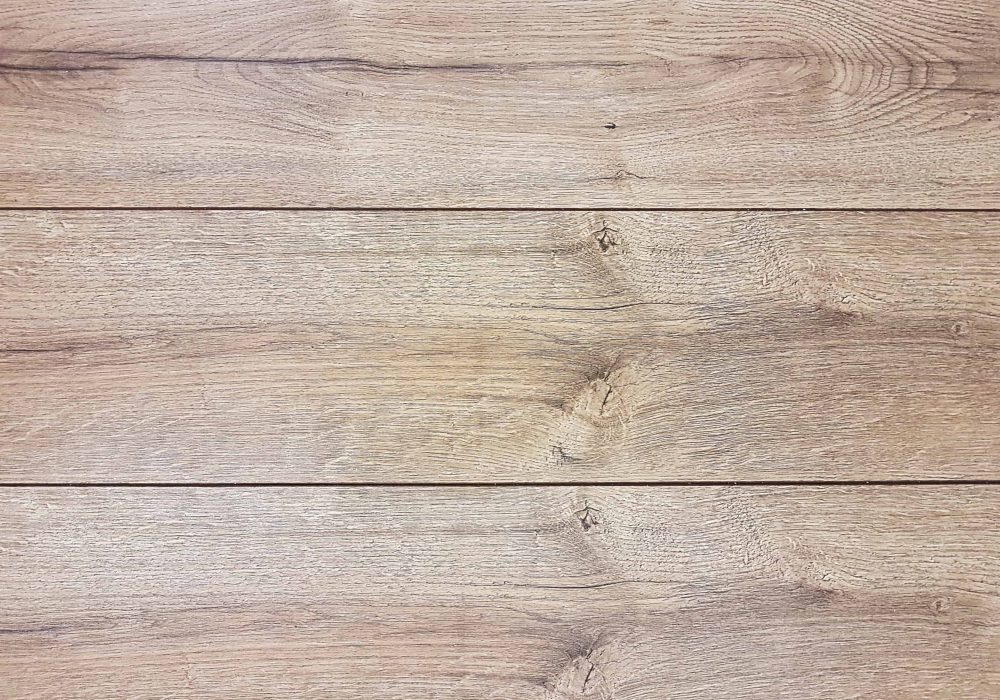You love the look of hardwood, but you are wondering if it’s really a wise flooring choice for your home, considering the extreme year-round changes in temperature and humidity here in Denver. You’re not alone.
Many home builders and remodelers hesitate to commit to hardwood flooring, worrying that the risk of moisture-related issues is too high.
It’s true, this is the time of year that homeowners begin to notice unsettling fluctuations in the character of their hardwood floors. These types of hardwood issues are linked primarily to seasonal changes, and are especially a concern for homes with hardwood in our unique arid Colorado climate.
Before you commit to hardwood, you need to know what potential risks threaten your investment.
Don’t worry:
Avoiding problems with your hardwood flooring is almost completely preventable with proper installation, care and maintenance.
That is why we are rolling out a brand new Blog Series called Hardwood Flooring – Issues, Causes & Fixes. In this five-blog series, we will address what problems can plague hardwood, where the root of the problem lays, and how homeowners can successfully sidestep or fix these flooring complications.
We will get started by addressing hardwood’s biggest enemy, moisture.
Potential Hardwood & Humidity Problems
It is not a surprise that wood and water don’t mix well. Unpreventable occurrences, such as flooding or broken pipes can wreak havoc on hardwood, especially if standing water is left for too long on the surface of the floor.
These are things in life that even the best planning cannot prevent, and would likely damage any type of flooring. Let’s focus on something rather more subtle that can pose a threat to your floors if gone uncontrolled: humidity.
Hardwood Floor Gaps
Even properly made and professionally installed hardwood flooring can be expected to be affected by seasonal changes. One change that may occur over the seasons is the appearance of gaps. These gaps are typically seen between hardwood flooring planks on the long side and vary in size, based on conditions.
Seasonal Hardwood Flooring Gaps
The severity of hardwood floor gapping depends mostly on environmental changes. Homeowners generally crank up the heater in the winter to keep their home at a cozy temperature.
Furnaces, however, can suck all the moisture out of the air in your home, creating an extremely dry environment, and effectively drawing all of the natural moisture out of your hardwood.
As the moisture is pulled from the wood, the planks shrink and pull away from one another, creating gapping. Sometimes, if higher humidity levels are introduced, the gapping may begin to reverse.
Of course, other factors play into the intensity of hardwood floor gapping such as species, plank width, and hardness. Wide plank wood has potential to gap relatively larger than smaller planks. Softwoods are also characteristically more susceptible to gapping than hardwoods.
Abnormal Hardwood Floor Gaps
Beyond standard seasonal gapping, abnormal gapping can occur when a hardwood floor is exposed to extreme changes in humidity or moisture levels after installation.
Sometimes, hardwood flooring is installed too soon after other high-moisture building materials have been installed (paint, plaster, concrete, etc.) without having enough time to dry out first. Hardwood can easily absorb this excess moisture and swell, only to shrink later on and create abnormal gapping. This can be solved by simply running a de-humidifier to normalize moisture levels before installation.
Other causes, such as using a wood burning fireplace without controlling the humidity in your home can also draw out the moisture in the floor and lead to gapping. Another leading cause is foundation settlement after a home is built, which can stretch the hardwood floor and create gaps.
Normal Hardwood Floor Gaps
Normal gaps are not easily noticeable to the eye if you are standing. Seasonal and minor gapping, in fact, is common to hardwood, and not always a bad thing. Some homeowners actually appreciate the character that minor gapping creates. It can even add to the rustic charm and natural beauty of the floor.
Hardwood Floor Cupping
‘Cupping’ is a term used to describe when the edges of a plank of hardwood flooring curve up higher than the center, creating a slight U shape. This typically occurs when high humidity levels cause hardwood to swell with moisture, which smashes the planks together, forcing them to curve up on the edges.
Hardwood floor cupping is preventable by controlling moisture levels in your home. If cupping has already occurred, you can use a fan to help dry it out and consider recoating your floor to return it to its former glory.
Hardwood Flooring Face-Checking
‘Face-checking’ describes small, fine cracks that appear in the surface grain lines of hardwood planks. It is understood to be a result of excessive dryness, and is especially seen in the low humidity months of late winter.
Thankfully, as with all of these moisture-related hardwood flooring issues, face-checking is entirely avoidable.
How to Avoid Moisture-Related Hardwood Issues
The key to happy, healthy hardwood flooring is regulating the environment of your home, office, or wherever your hardwood is installed.
The Maple Flooring Manufacturers Association advises; “By limiting wide swings in atmospheric conditions inside the facility, you will reduce the expansion and contraction of the flooring system.”
Keep your home’s temperature and humidity level stable year-round. A room temperature between 60 to 80 degrees Fahrenheit is a good rule of thumb. (Pro tip: Keep your thermostat set to normal conditions, even when you are on vacation or snow-birding. Your floors still need the temperature consistency, even when you are not at home!) A well-functioning, programmed HVAC system is a great solution.
One of the most important steps to controlling your home’s environment is having an in-home air humidifier to help balance out humidity levels during the dry winter months. Opinions vary in the hardwood flooring industry, but a humidity level of 35-55% in your home is generally recommended. This will help your hardwood maintain consistent moisture levels throughout the year, thus avoiding seasonal fluctuations.
Keeping doors and windows closed in your home will also help maintain a stable environment.
Technology actually exists to monitor the moisture level of your hardwood floors and send your phone an alert if current conditions in your home pose a threat to the integrity of your floor. Such a monitor could be a worthy investment.
Be sure to always follow the cleaning instructions your floor installation company has provided you. Do not use excessive water to clean your floor, and clean up any spills immediately. If your hardwood floors have suffered water damage, contact Denver Dustless for information on how we can repair and restore them.
Avoid Hardwood Floor Problems – Hire a Professional
One of the best ways to minimize hardwood flooring issues is to make sure the flooring material is top quality and the installation is done right. When you hire Denver Dustless to install your hardwood floors, you get the best of both worlds.
As a family-owned and operated business with three generations of experience, we know how to get the job done right. Happy homeowners throughout Denver would back us up on the quality of our hardwood flooring materials and installation process.
Why not make an appointment to visit our gorgeous Hardwood Flooring Showroom? We will gladly help you find the perfect hardwood for you and prepare you for successful hardwood ownership and maintenance.
Stay tuned for our next blog in the Hardwood Flooring – Issues, Causes & Fixes series! Leave a comment below to share your hardwood care and maintenance tips or questions. We’d love to hear from you!






